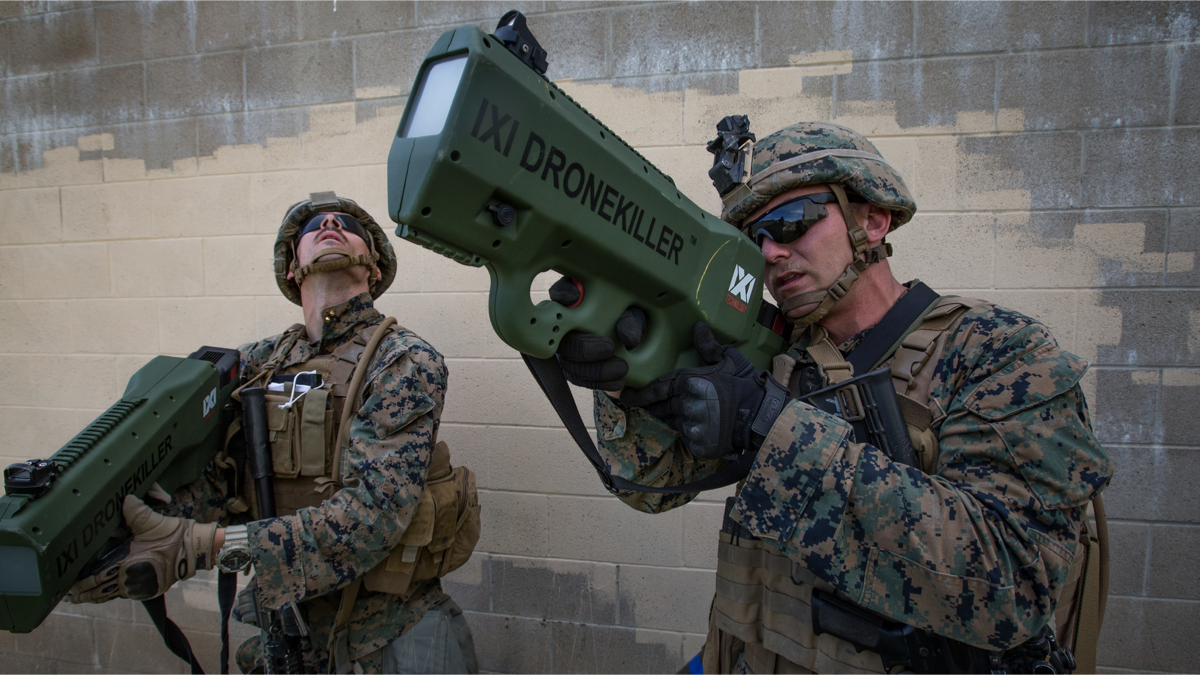Warfighters need to know that the weapons at their disposal will function as expected, when needed. As newer and more advanced kinetic and non-kinetic weapons are matured for introduction into the warfighters’ arsenal, it is essential to understand how and when those weapons can and should be used to achieve the needed effect. We do not get to choose when the enemy engages or when we are required to respond.
Which brings us to a key question for decision-makers considering deployment of directed energy weapons: Are high-energy lasers (HELs) only “fair-weather” weapons?
The potential advantages of HELs are well-documented. HELs have speed-of-light engagement, a deep shot magazine, and low cost per shot compared to kinetic weapons. They can operate as both sensors and weapons, with an individual system often able to deliver a broad range of “scalable effects.” HELs can sense, track, damage and/or destroy many difficult targets, e.g.: fast-moving small boats; rockets, artillery and mortars; unmanned air vehicles/drones. HELs also offer the potential for boost phase intercept of intercontinental ballistic missiles and to engage hypersonic glide vehicles. To be effective, the HEL must deliver the required amount of laser power on the target for the time needed to achieve the desired result. Target irradiance, measured as kW/cm2, not laser output power, is the key concept when thinking about laser lethality and laser weapon effectiveness.
But what if there’s less than ideal weather? How does it affect the target irradiance of an HEL? What specific weather and atmospheric phenomena impact irradiance and how is technology being used to compensate for those effects and maintain HEL effectiveness?
The primary weather/atmospheric impacts on irradiance are:
- extinction (combination of absorption and scattering by atmospheric gaseous molecules, aerosols, and water droplets);
- turbulence (result of convective air motion, vertical temperature differences, and wind shear); and
- thermal blooming (result of absorption heating of the atmosphere that causes a corresponding reduction in the local index of refraction). If uncorrected, turbulence will tend to break up the beam profile and result in the beam spreading out, the creation of hot spots (also called scintillation), and a decrease in the average irradiance on the target. Extinction reduces the overall peak irradiance of the laser as photons are either absorbed or scattered out of the beam.
Some HEL systems now include the technology needed to mitigate many of the effects referenced above, e.g., the use of adaptive optics to compensate atmospheric turbulence. That said, under the most adverse conditions (heavy rain, very thick fog, or dense smoke) the warfighter may not want to rely on HELs at all - depending on engagement range and needed target effects. The good news is that the decision on whether to use a laser weapon is not binary; HELs are complementary to the kinetic arsenal and offer a range of capabilities as sensors (detect, discern, discriminate, designate) and scalable weapons (dazzle, disrupt, damage, destroy). As such, while certain effects of a laser weapon are negatively impacted by less-than-ideal atmospheric conditions, an HEL is still a highly-effective weapon in the inventory providing unique and necessary capabilities including in challenging weather.
The Navy’s LaWS HEL deployed on the USS Ponce was used continuously as a Cassegrain reflecting telescope with an infrared camera providing ISR at distances greater than 10 kilometers and penetrating smoke, haze, and light fog.
Mark Twain is sometimes attributed with saying that everyone talks about the weather but no one does anything about it. Fortunately, when it comes to HELs, the researchers and HEL system developers have made progress about the impact of weather. With modern technology and weaponeering tools, HELs are not just fair-weather weapons.
David Stoudt is a Senior Executive Advisor/Engineering Fellow for Directed Energy at Booz Allen Hamilton. He provides Booz Allen and its clients with leadership and guidance on the science and business of advancing directed energy capabilities for American warfighters. For a detailed technical discussion on the myth of HEL weapons, click here to download the full paper, “Myth or Reality? High-Energy Lasers Are Fair-Weather Weapons.”








